
|
|
|
|
|
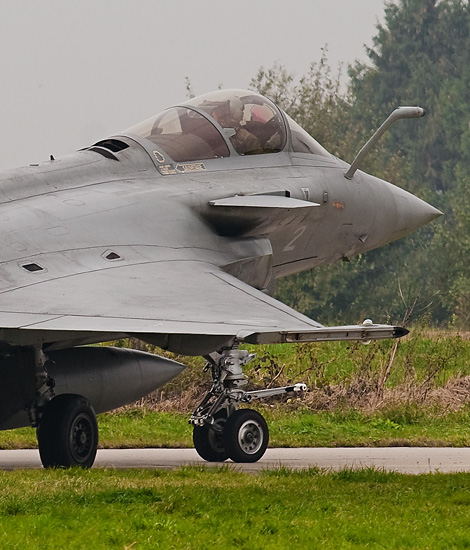
|
An Autumnal TLP Edition; Florennes, October 9, 2007
Tactical Leadership Program 2007/5; Text and Photograph's by Alex van Noye
On Tuesday, October 9, 2007, I went to the TLP at Florennes. This TLP was the fifth edition of the exercise this year
already and there were a number of special planes involved. This time especially the Italian participation was large
with two Tornados, two AMXs and two F-16s. It promised to be well again.
The TLP mission today was a long range air to air refueling mission. The participants of the TLP will take off earlier
than usual during these kinds of missions. Usually, this mission will be performed over England at the shooting range.
The planes taking part in the exercise must refuel at least once during this mission. Air to air refueling is not the
easiest task, but it is vital to accomplish the mission successfully. The duration of this mission depends on the
capacity of the crew of the aircraft. The first experiments with air to air refueling were done in the twenties. Two
slow-flying biplanes flew very close to each other while the front plane lowered a hose into the back plane. The pilot
of the back plane put the fuel hose manually in the opening of the fuel tank of his aircraft. The first successful
mission was flown on June 27, 1923 when two Airco DH-4B biplanes of the U.S. Army Air Service refueled each other in
the flight. The first useful technique which could be used for air to air refueling was invented during World War II.
British civil flying boats refueled in the air during their trans-Atlantic flights at a very small scale. After World
War II the technology was very quickly introduced in the military aviation. The operational range of large strategic
bombers was because of this technique increased from a radius of several thousand kilometers to an unlimited range all
over the world. During the Vietnam War it became clear for the first time how important this technique is for the
military aviation branch.
One of the first postwar refueling systems was the bucket system. This system is based on a flexible cable behind the
tanker with at the end a bucket. The receiving plane flies behind the tanker and receives the fuel via a fuel refueling
pipe which is located next to the cockpit. The receiver will fly its airplane with the refueling pipe into the bucket.
The refueling pipe and the bucket will be locked to each other and the refuel can start. The main advantage of this
system is that an aircraft can easily be connected to a tanker because it is a relatively simple system. The bucket
system is
|
|
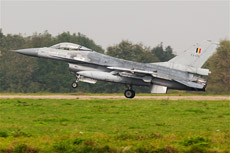
|
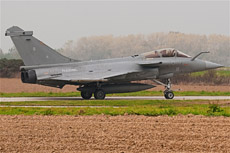
|
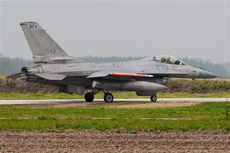
|
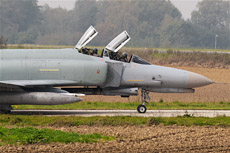
|
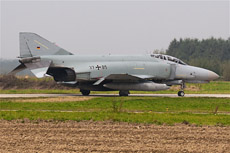
|
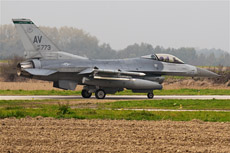
|
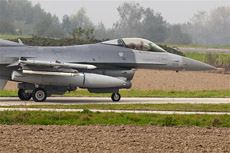
|
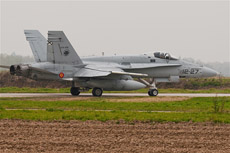
|
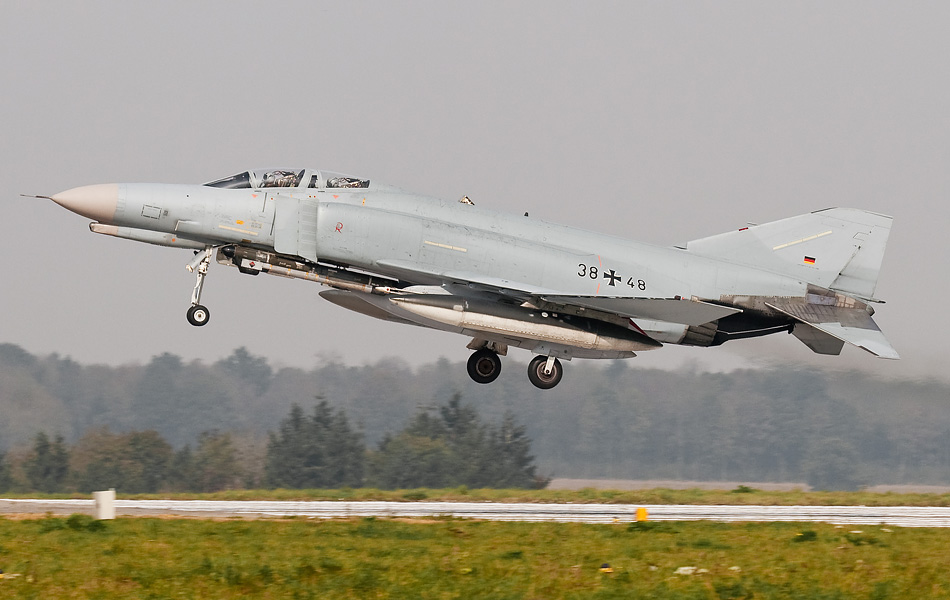
|
especially in Europe widely used. Countries like France, Germany and the UK use the system as their primary system.
Later, the USAF established the desire for a faster system that can transmit larger quantities of fuel than the bucket
system. This desire arose when the bombers of the SAC were growing and thus needed more fuel. Based on this desire,
the Flying Boom system was developed. The Flying Boom is not a flexible, telescopic tube with movable control surfaces
which are managed by an operator in the tanker. The operator in the tanker is in contact with the pilot who flies his
aircraft behind the tanker. He guides the pilot into the right position before the boom will connect. Connecting the
boom is a more precise operation than the Bucket system because the boom is less flexible. The boom is usually connected
some- where around the cockpit or at the back of the receiving aircraft. The main advantage of this system is that fuel
can be pumped much faster from plane to plane. The disadvantage of this system is that only one plane can be refueled
at the same time. The Flying Boom system is used primarily on aircraft manufactured in America. The Flying Boom can
also be extended with a flexible tip. Also aircraft with the Bucket system can be refueled in this way.
The TLP mission that I was attending today took place on a beautiful day in autumn. The weather was cloudy and the
sun was shining from time to time. It was very cold today, but that is normal during this time of year at Florennes.
The Local F-16s of the Belgians flew well today. Seventeen different F-16s flew several missions today. The first
signs of activity at the TLP platform took place at noon. The canopies of the planes were opened and the ground
crew started to prepare the aircraft for the TLP mission. The first engines were started on this platform fifteen
minutes later. The first aircraft that appeared on the parallel runway were two French Rafales of the French Navy.
Both aircraft were standing near the fire brigade before they taxied to the main runway. The light was on the right
side on the aircraft which makes it difficult to shoot some nice shots. Two Belgian F-16s from Kleine-Brogel appeared
after the departure of the Rafales. These F-16s were soon followed by two Italian F-16s. The Italians use the F-16
temporarily to overcome the gap between the Starfighter and the Typhoon. The Italians were only a few minutes away
when two German Phantoms of JG-71 appeared. These aircraft belonged to my favorite aircraft during this TLP edition.
Again two Belgian F-16s from Kleine-Brogel appeared, but this time they were accompanied by two U.S. F-16s from Aviano.
Two Spanish F-18s appeared after the American F-16s had left. These were the last aircraft which went airborne this
afternoon.
A SF260 Marchetti was coming in for a touch and go one hour after the last participants of the TLP had left Florennes.
This small aircraft came from Beauvechain. The aircraft made several touch and goes at Florennes. This training aircraft
is a common sight at the Belgian airbases. An additional F-18 from Spain landed at Florennes before the TLP mission would
return. This aircraft came directly from Spain. It happens often that planes are exchanged during the TLP. The two French
Rafales were the first aircraft which came back from their missions. I was able to shoot a few decent photos of those
two Rafales; I was very happy with these pictures. The next two incoming aircraft were the American F-16s from Aviano.
These aircraft were soon followed by the two German Phantoms and then by two Belgian F-16s from Kleine-Brogel. It took
more time before the Italian F-16s returned. These two F-16s entered Florennes a quarter later than the other aircraft.
The last TLP participants which came back were the two Spanish F-18s. These aircraft came in very low which is unusual
for an F-18. Therefore I was able to shoot a few nice landing shots. The entire TLP was back at Florennes and I left
home after the landing of the Hornetts. This time the TLP was a bit more ordinary, but the pictures were good.
|
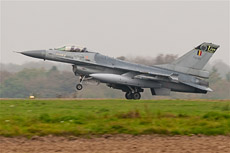
|
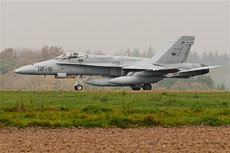
|
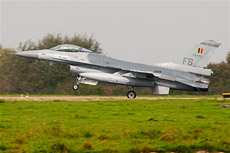
|
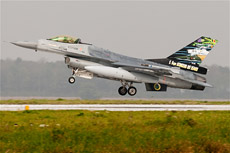
|
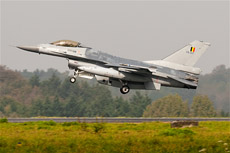
|
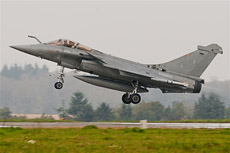
|
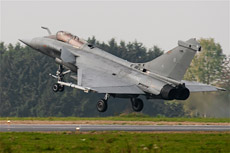
|
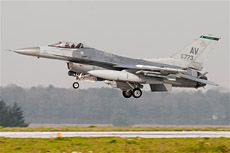
|
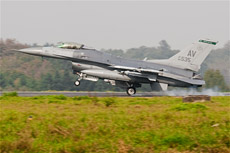
|
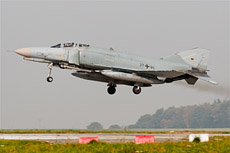
|
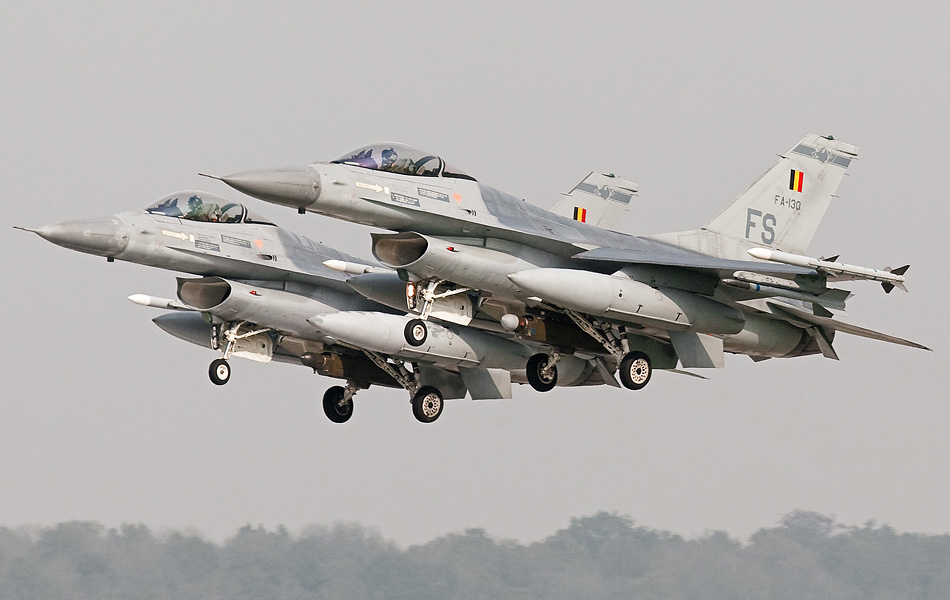
|
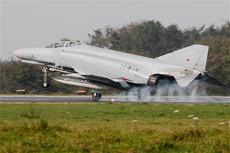
|
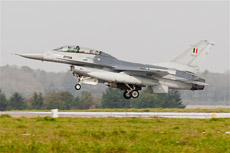
|
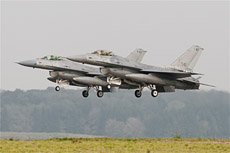
|
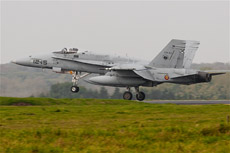
|
|
|

|







